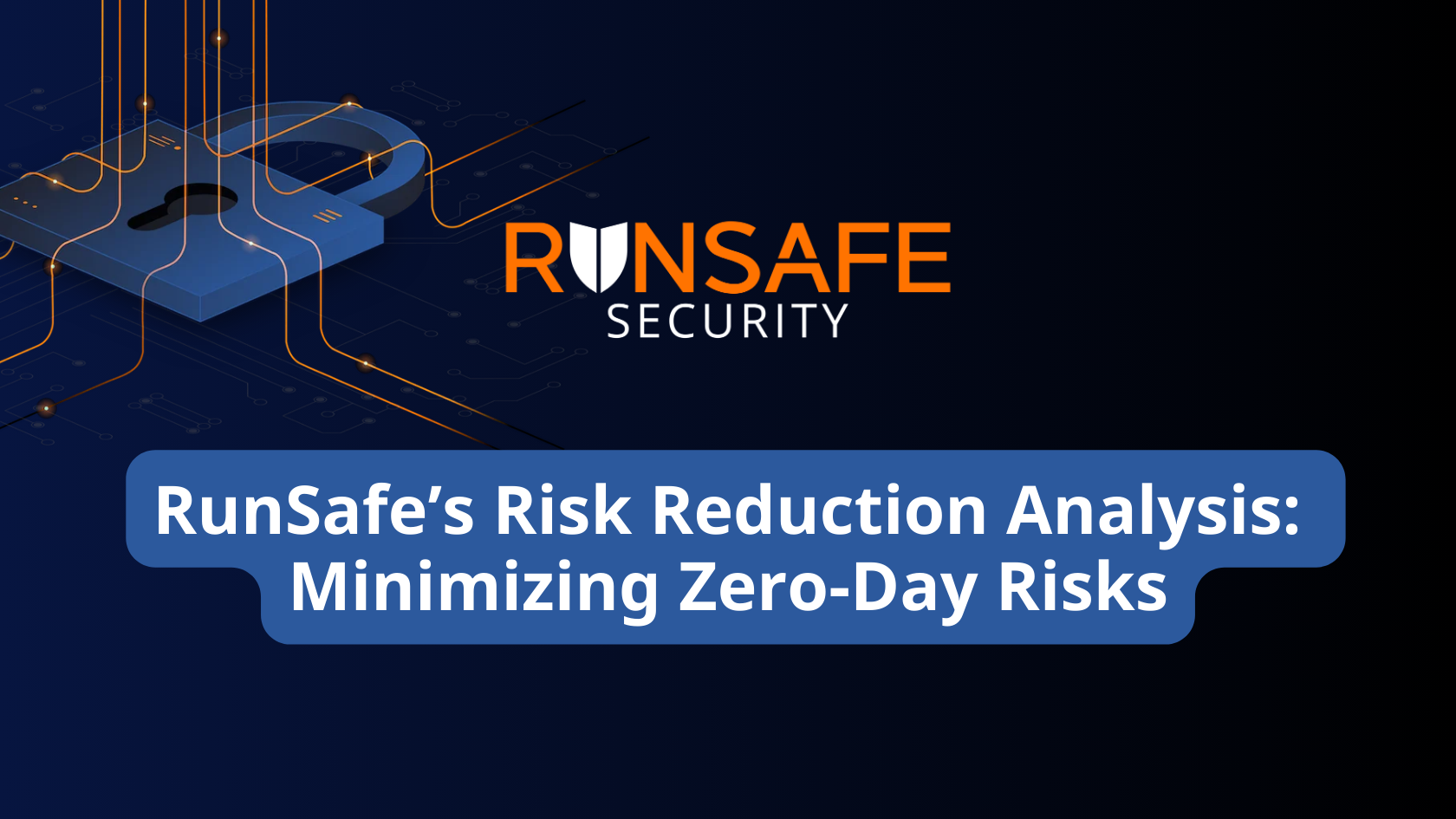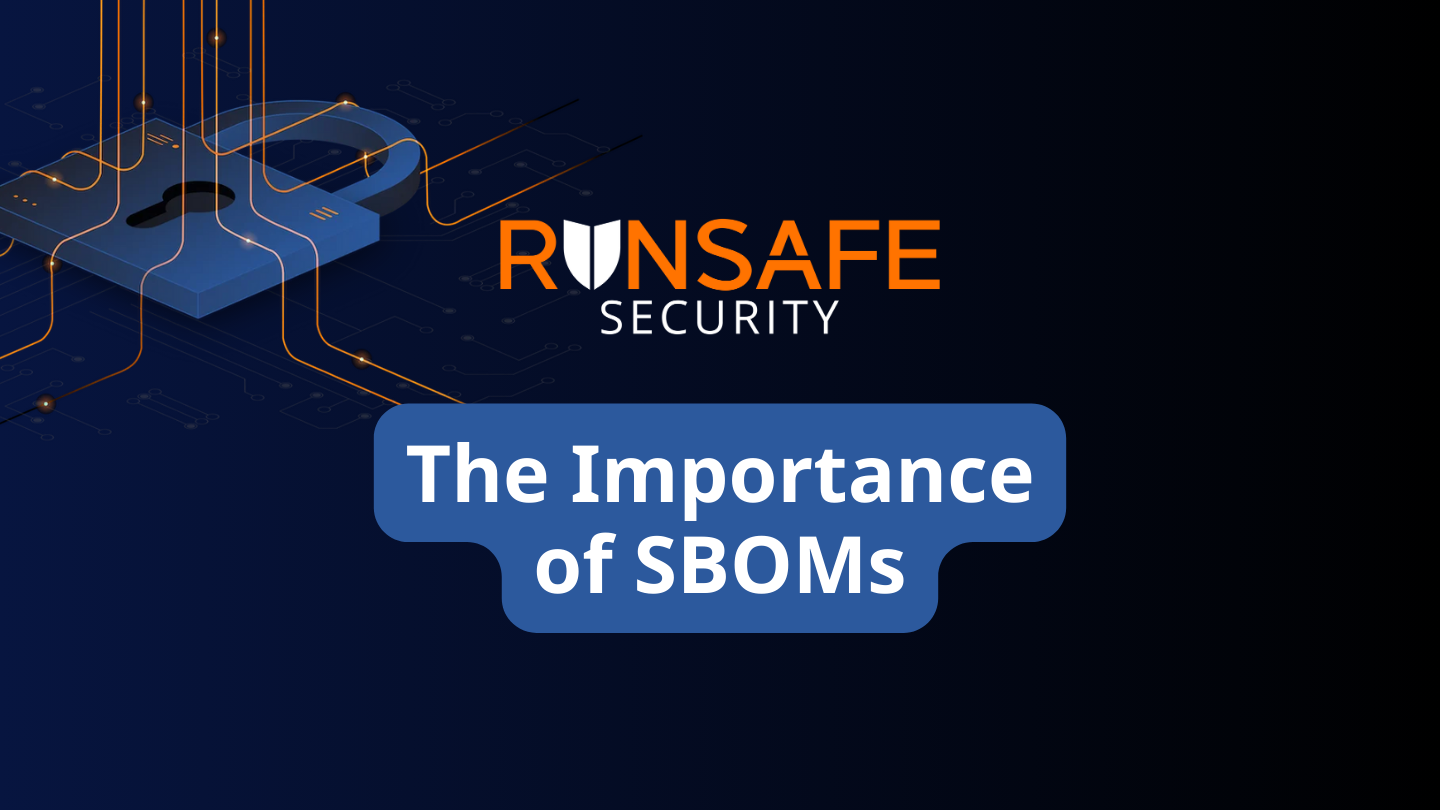Emerging Cybersecurity Standards Are Redefining Aviation Safety As cybersecurity becomes inseparable from safety in...
Videos
Discover a wide array of expertly produced videos on Software Supply Chain Security, SBOM, Code Protections, and Vulnerability Remediation. Dive into the latest Cybersecurity Policies and gain exclusive insights into RunSafe Security’s innovative solutions. Enhance your cybersecurity expertise and stay ahead in the industry with our comprehensive video resources.
RunSafe’s Long-Term Vision for Securing Critical Infrastructure
How RunSafe Is Shaping the Future of Critical Infrastructure In this video, RunSafe Security Founder and CEO Joe...
The Biggest Misconception People Have About Securing Embedded Systems
Why “No Solution Exists” Is the Biggest Myth in Embedded Security In this video, RunSafe Security CTO Shane Fry...
RunSafe’s Risk Reduction Analysis: Minimizing Zero-Day Risks
Doug Britton Explains How RunSafe Shrinks Zero-Day Risk In this video, RunSafe Security’s Chief Strategy Officer, Doug...
Why was RunSafe Security founded, and what inspired its creation?
Why RunSafe Security Was Founded—and the Economic Principle That Inspired It In this video, RunSafe Security Founder...
The Importance of SBOMs
Build-Time SBOMs: Your First Line of Defense in Software Security The software you write might be secure—but what...





